Introduction: Why Dividing Perennials in September Matters
Few of us enjoy overcrowded spaces, and your garden plants feel the same way. During spring and summer, perennials grow lush and tall, but by late summer, their clumps can become too dense. Overcrowding leads to competition for water, nutrients, and light — resulting in fewer blooms and weaker plants.
That’s why dividing perennials in September is one of the smartest tasks a gardener can do. By splitting clumps into smaller sections, you rejuvenate plants, promote stronger root systems, and multiply the number of plants in your garden — all before winter sets in.
According to a University of Minnesota Extension report, perennials divided in fall establish roots faster than those divided in spring, giving them a head start for vigorous spring growth.
This guide explores 8 essential perennials to divide in September and shares expert tips to ensure healthy regrowth and colorful blooms next season.
Why September is the Best Month to Divide Perennials
Timing matters. If you divide too early in summer, plants suffer heat stress. If you wait until late fall or winter, roots won’t have time to establish before frost.
September offers the sweet spot:
- Cooler temperatures reduce transplant shock
- Soil is still warm, encouraging root development
- Plants have finished flowering, conserving energy for root growth
📊 Quick Analysis: Benefits of September Division
| Benefit | Why It Matters |
|---|---|
| Cooler temperatures | Prevents wilting & transplant shock |
| Post-flowering stage | Plants store energy for regrowth |
| Root establishment | Roots settle before frost |
| Disease prevention | Removes dead/diseased plant matter |
How to Divide Perennials Step by Step
Before diving into the specific plants, here’s the general process of perennial division:
- Water the day before – moist soil is easier to dig.
- Dig up the entire rootball – lift carefully with a spade or garden fork.
- Separate the clump – use hands, spade, or a hori-hori knife for tough roots.
- Keep 2–3 shoots per section – each division should have strong roots and growth points.
- Replant immediately – at the same depth as before.
- Water deeply – and mulch lightly to retain moisture.
8 Perennials in September to Divide
1. Asters
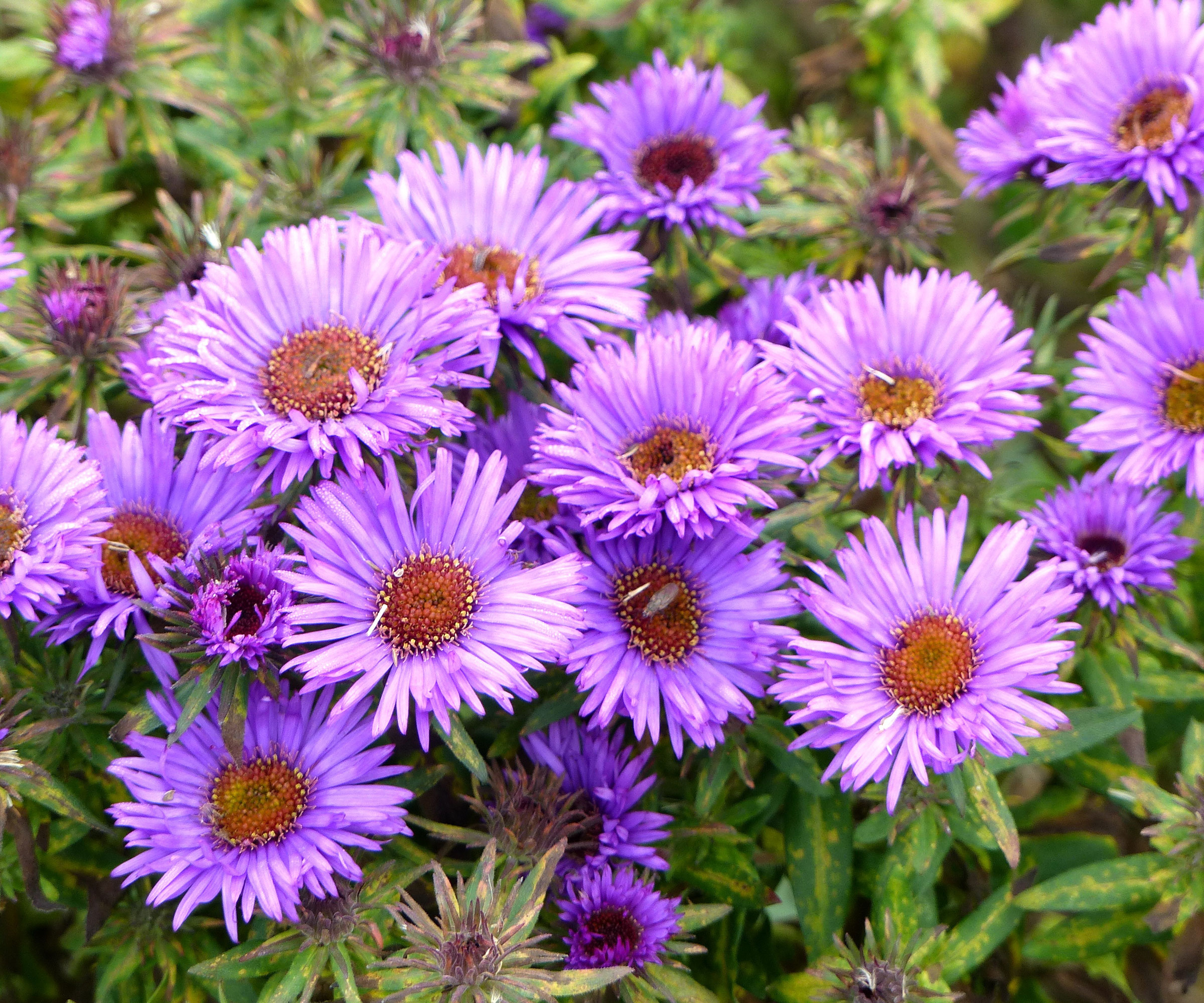
- Why Divide: Prevent overcrowding, improve air circulation, and encourage vibrant blooms.
- How Often: Every 3–4 years.
- Division Tip: Discard old, woody rhizomes and replant only young, healthy sections.
📌 SEO Keywords: divide asters in September, perennial division asters, fall garden tips
2. Coral Bells (Heuchera)

- Why Divide: Overcrowded clumps lose color and vigor.
- How Often: Every 3 years.
- Division Tip: Split into 2–4 sections and replant in nutrient-rich soil.
📌 SEO Keywords: divide coral bells in fall, Heuchera division September
3. Cranesbill (Hardy Geraniums)
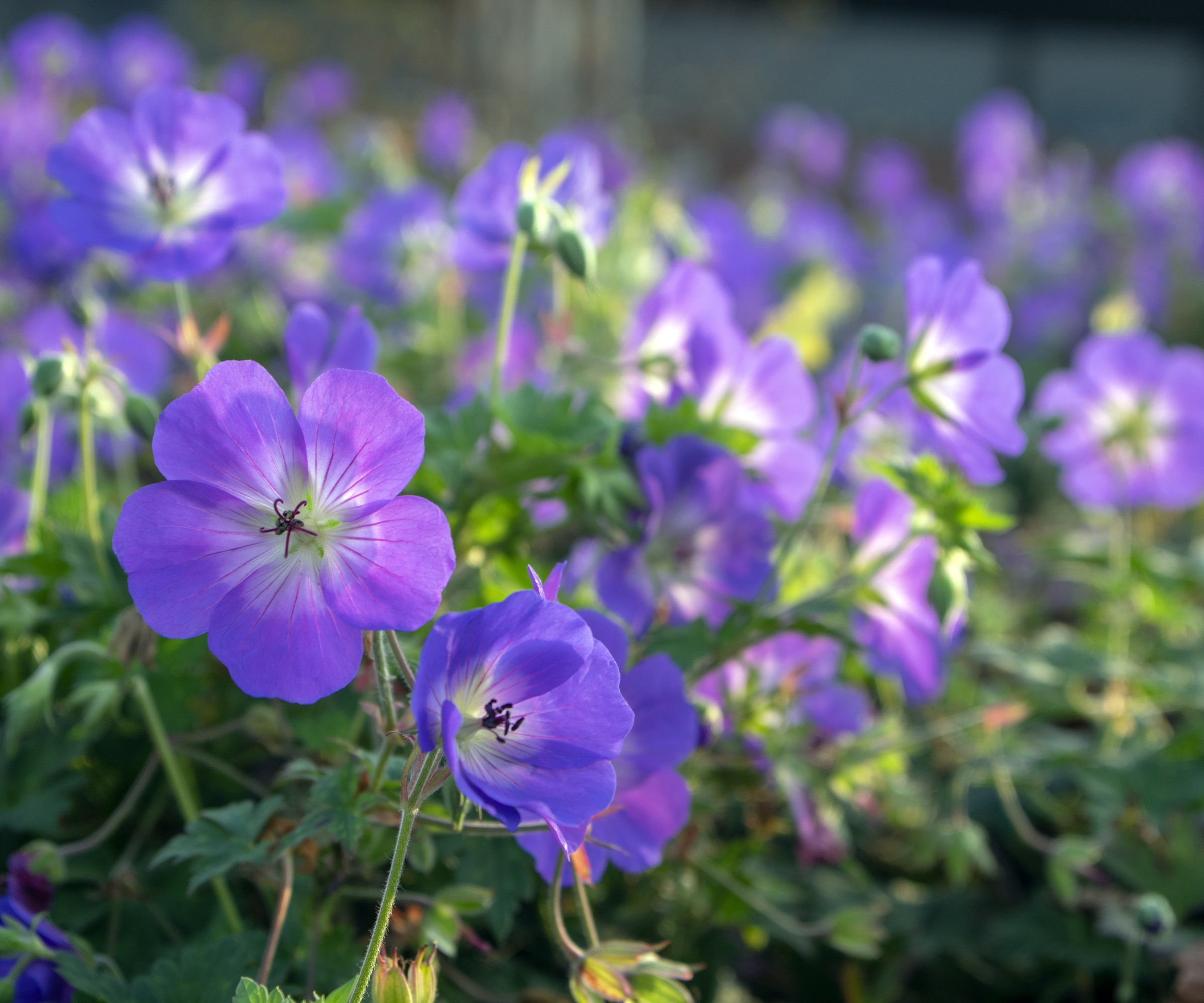
- Why Divide: Clumps become woody, reducing flowering.
- How Often: Every 3–5 years.
- Division Tip: Dig up clumps after flowering and cut into smaller sections.
📌 SEO Keywords: divide hardy geraniums, cranesbill division September
4. Daylilies
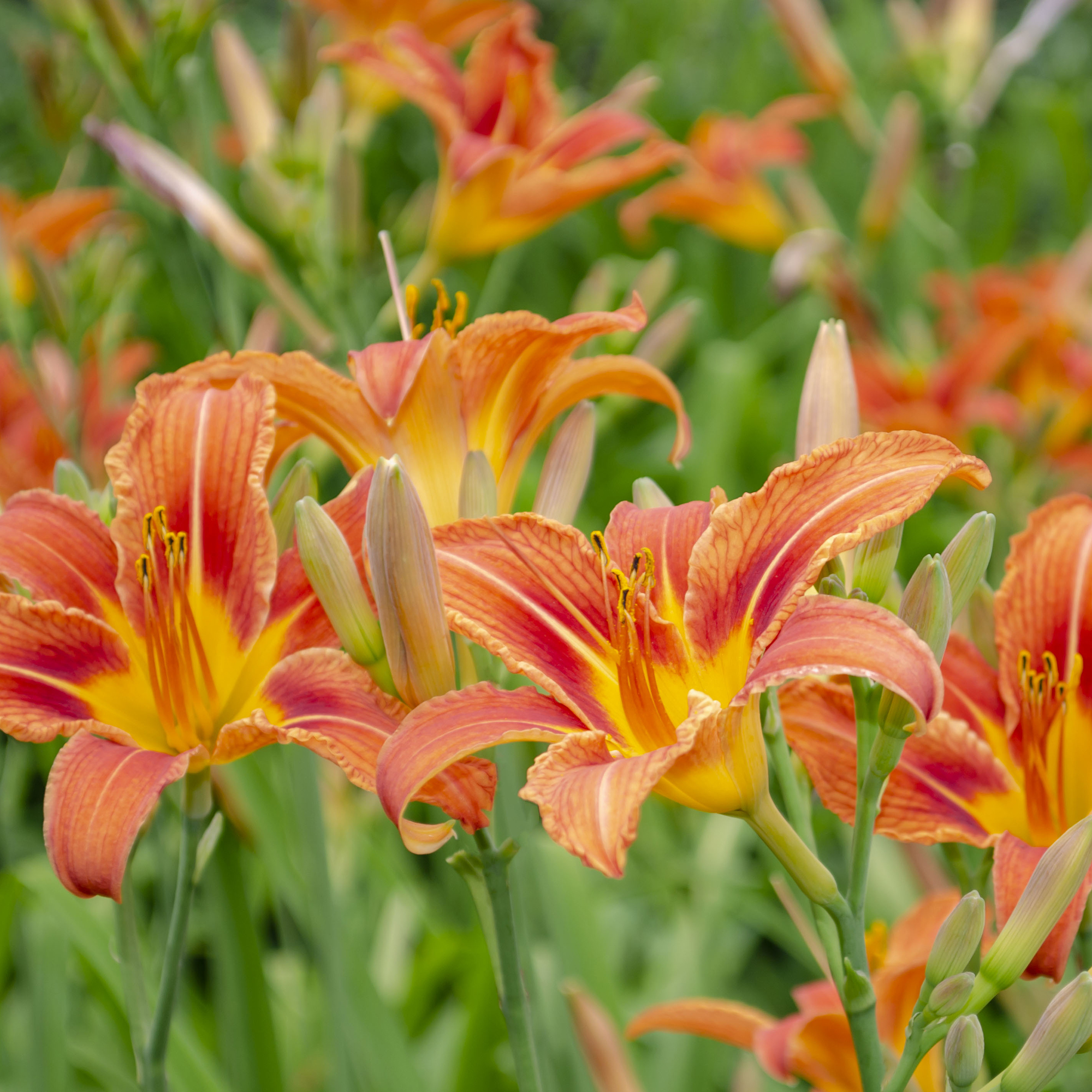
- Why Divide: Blooms shrink over time due to overcrowding.
- How Often: Every 4–5 years.
- Division Tip: Ensure each division has three leaf fans and a strong root system.
📊 Daylily Division Guide
| Step | Action |
|---|---|
| 1 | Dig entire clump |
| 2 | Shake off excess soil |
| 3 | Separate fans with roots attached |
| 4 | Replant divisions 18–24 inches apart |
📌 SEO Keywords: divide daylilies in September, rejuvenate daylilies, daylily division fall
5. Hostas
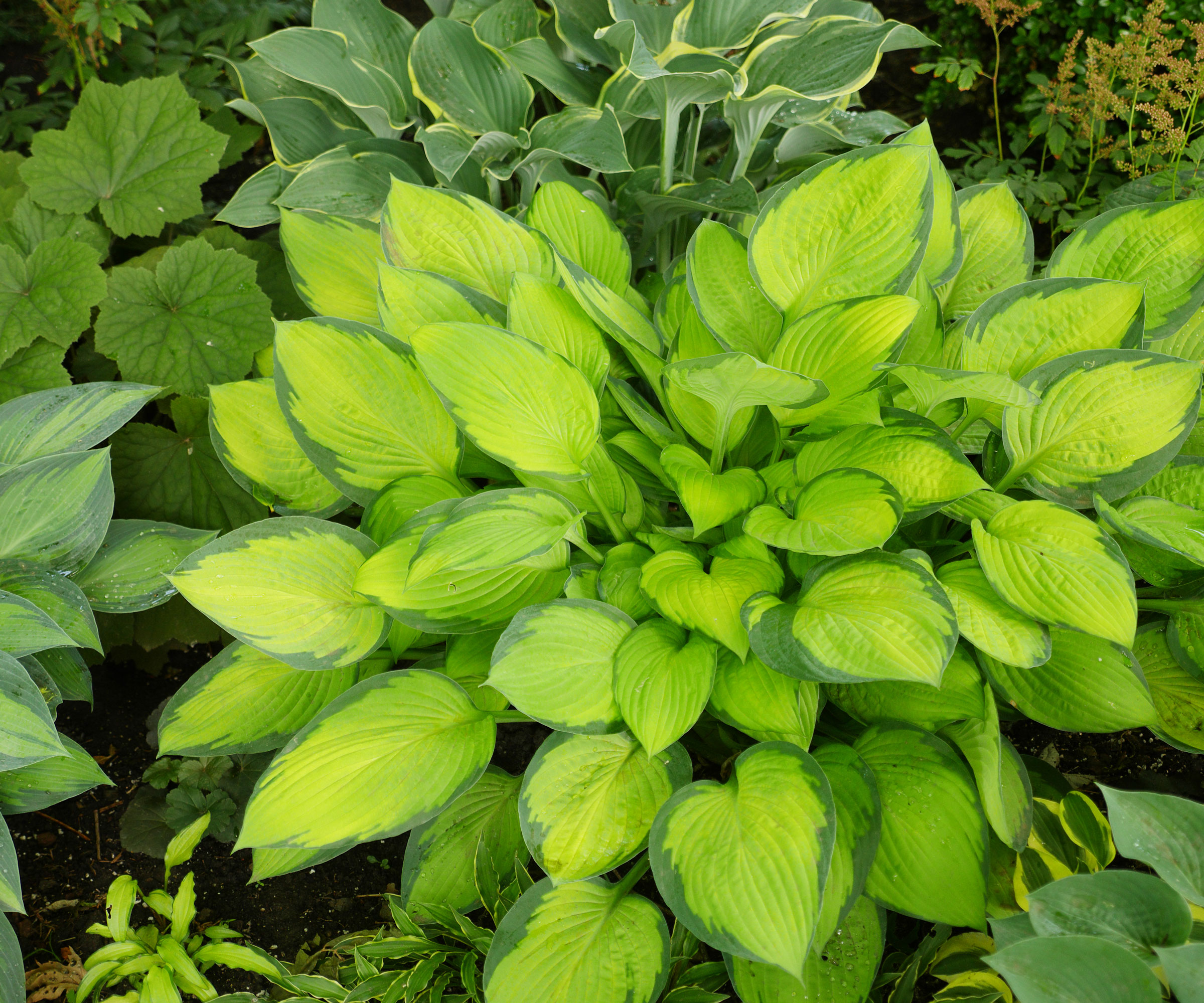
- Why Divide: Avoid unattractive dead centers and maintain lush foliage.
- How Often: Every 3–4 years.
- Division Tip: Cut clumps into wedges, keeping roots intact.
📌 SEO Keywords: divide hostas in fall, Hosta division September
6. Iris
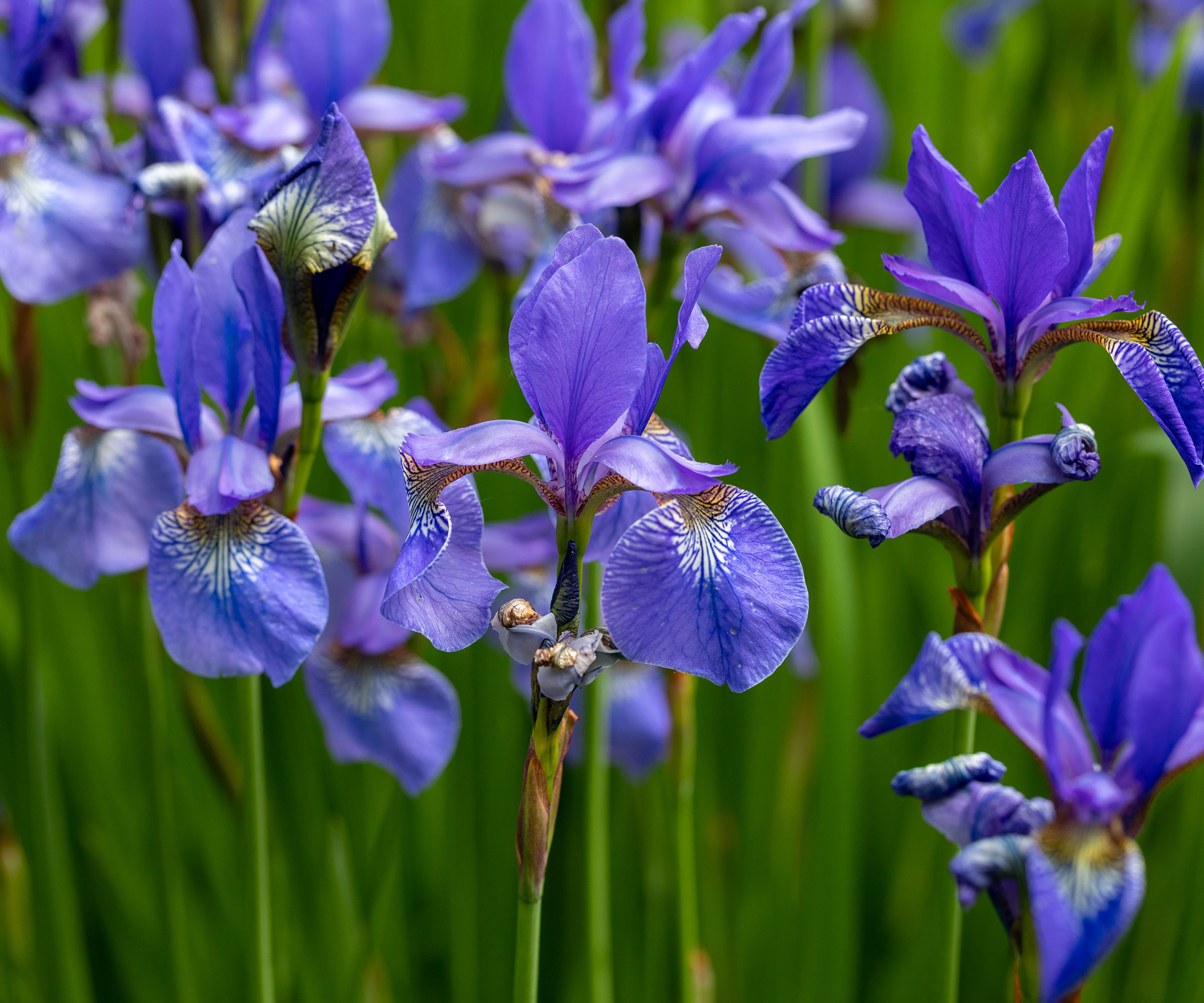
- Why Divide: Over time, irises stop blooming due to overcrowded rhizomes.
- How Often: Every 3–5 years.
- Division Tip: Replant rhizomes shallowly with tops just above soil level.
📌 SEO Keywords: divide iris rhizomes, iris division September, fall iris care
7. Peonies
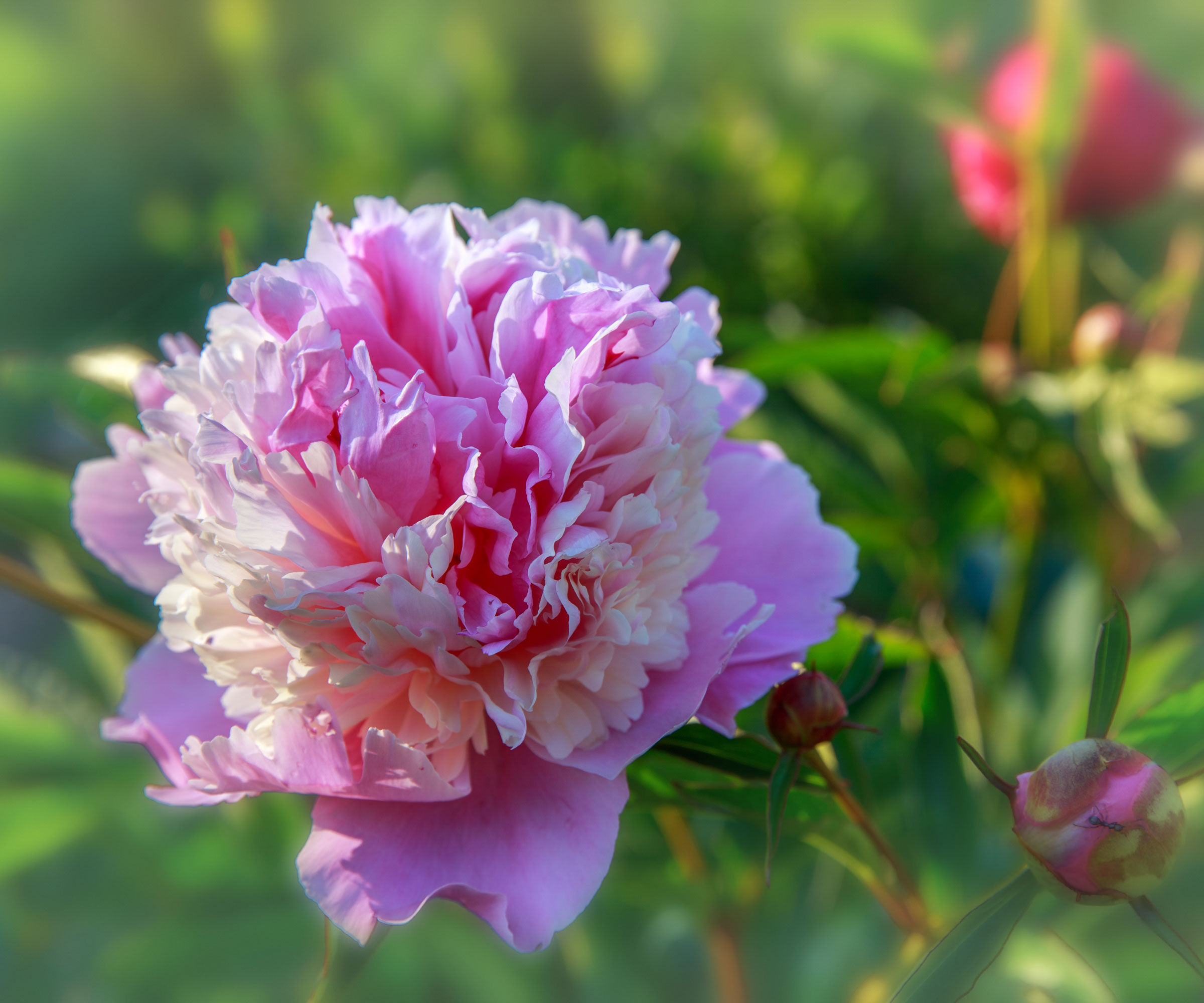
- Why Divide: Spread too wide and reduce bloom production.
- How Often: Every 8–10 years (only when necessary).
- Division Tip: Each section should contain at least three “eyes” (buds).
📌 SEO Keywords: divide peonies in September, peony root division, fall peony care
8. Salvia
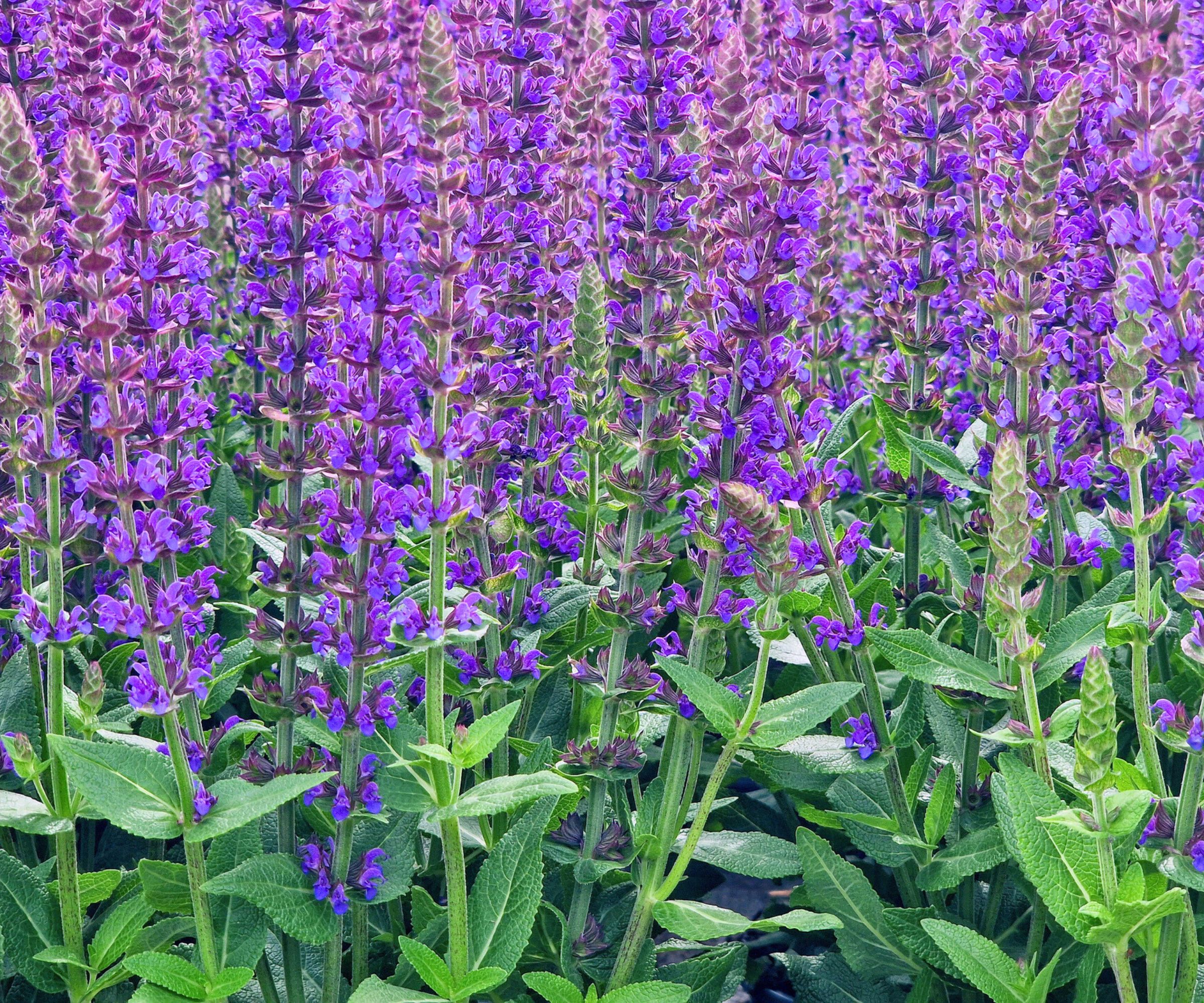
- Why Divide: Fast growers that form dense mats, limiting airflow.
- How Often: Every 2–3 years.
- Division Tip: Divide after flowering; replant divisions 12–18 inches apart.
📌 SEO Keywords: divide salvia in fall, salvia perennial division, salvia pruning September
Expert Tips for Successful Perennial Division
- Water generously after replanting to reduce stress.
- Mulch lightly to retain soil moisture.
- Avoid fertilizing immediately – wait until spring.
- Label divisions if you’re replanting multiple varieties.
Common Mistakes to Avoid
- Dividing during hot summer days → causes transplant shock.
- Cutting divisions too small → weak root systems may fail.
- Replanting too deep → suffocates roots.
- Ignoring watering → dry soil hinders recovery.
Conclusion: Multiply Your Garden’s Beauty
Dividing perennials in September isn’t just garden maintenance — it’s a strategy for growth, renewal, and abundance. With each clump you divide, you’re not only rejuvenating existing plants but also creating new life for next spring.
By focusing on key perennials like asters, hostas, daylilies, peonies, and more, you’ll prevent overcrowding, reduce disease risk, and ensure your garden bursts with color and vigor when warmer days return.
If you’re serious about having a thriving perennial garden, make September division a recurring calendar task. Your spring self — and your plants — will thank you.

